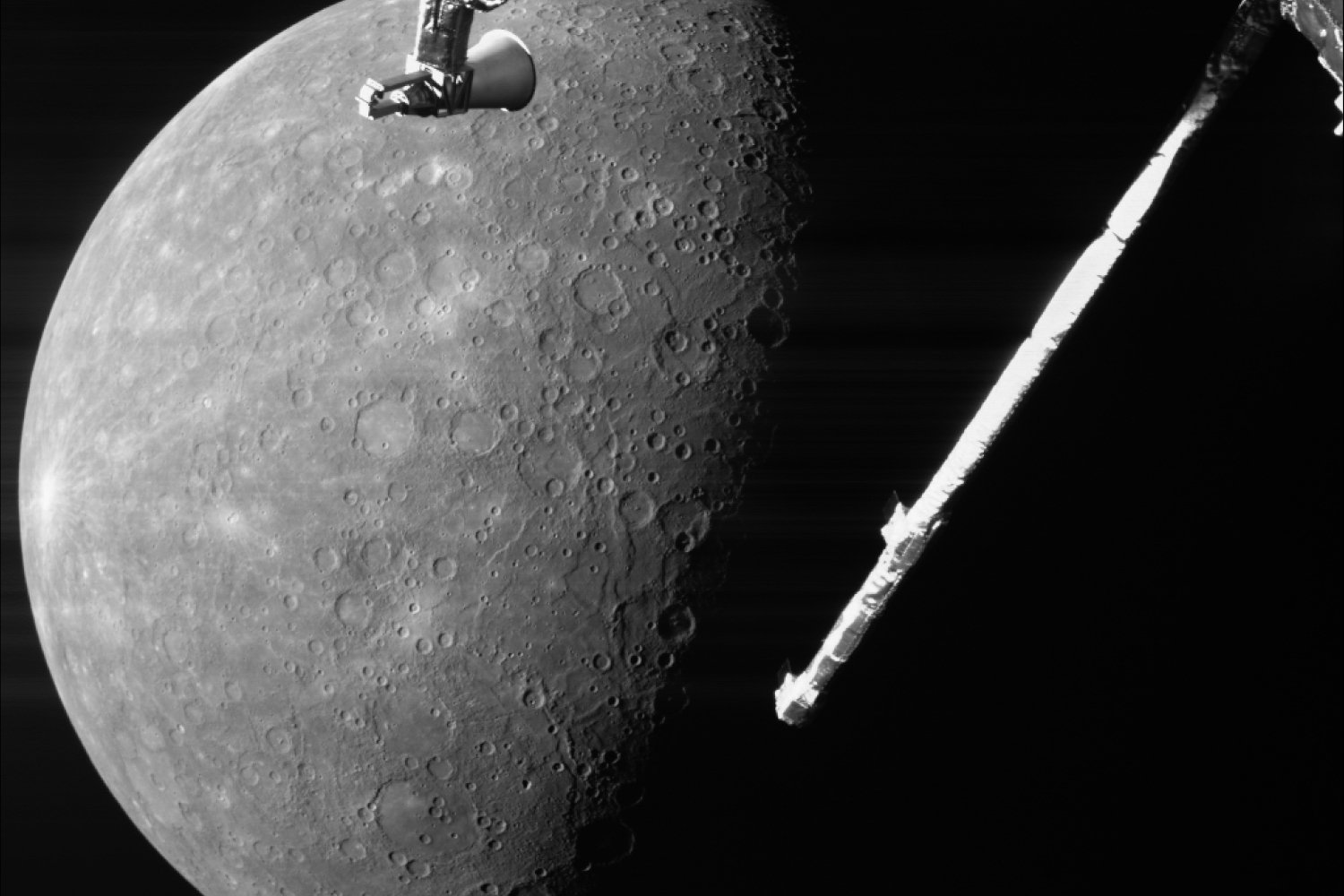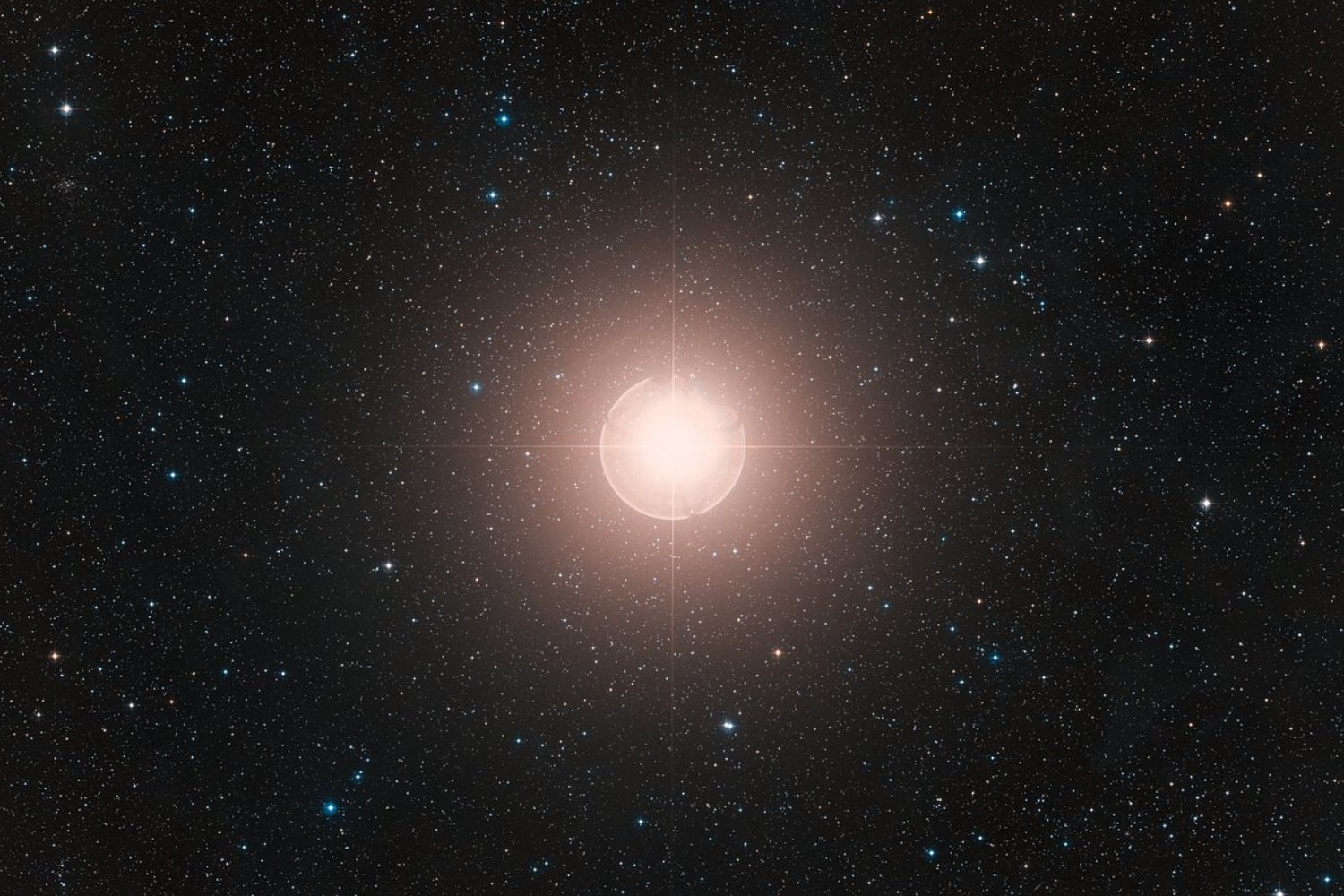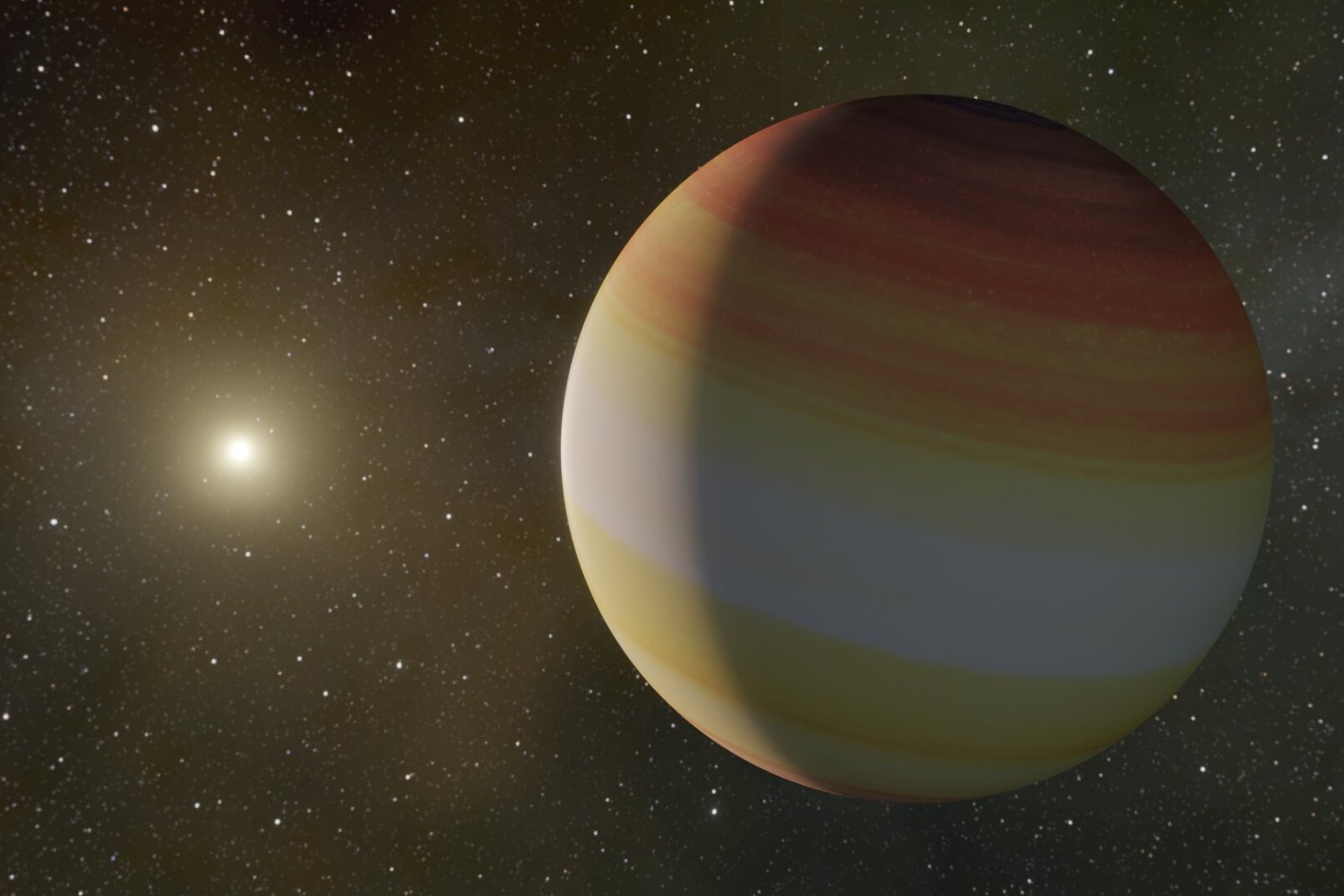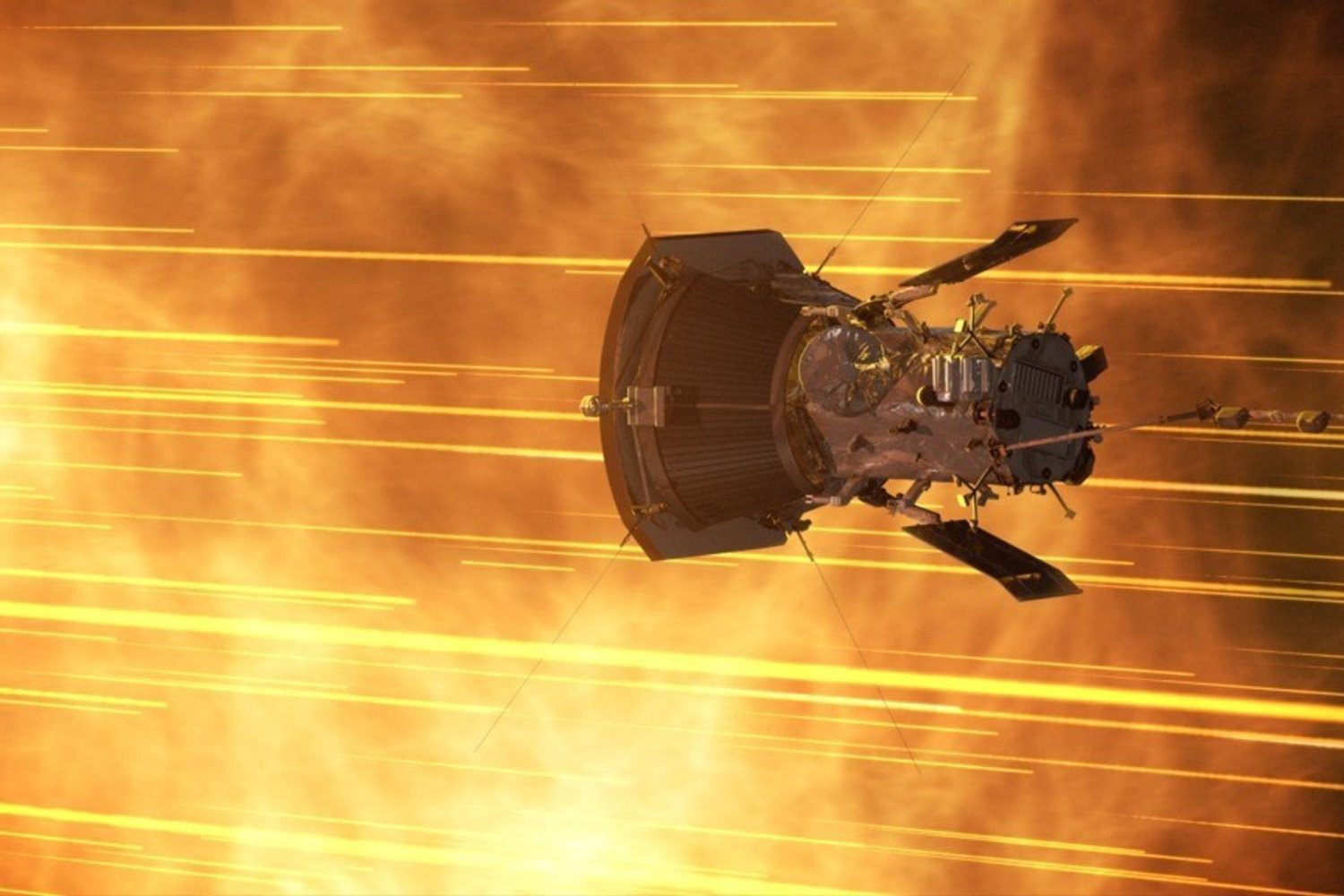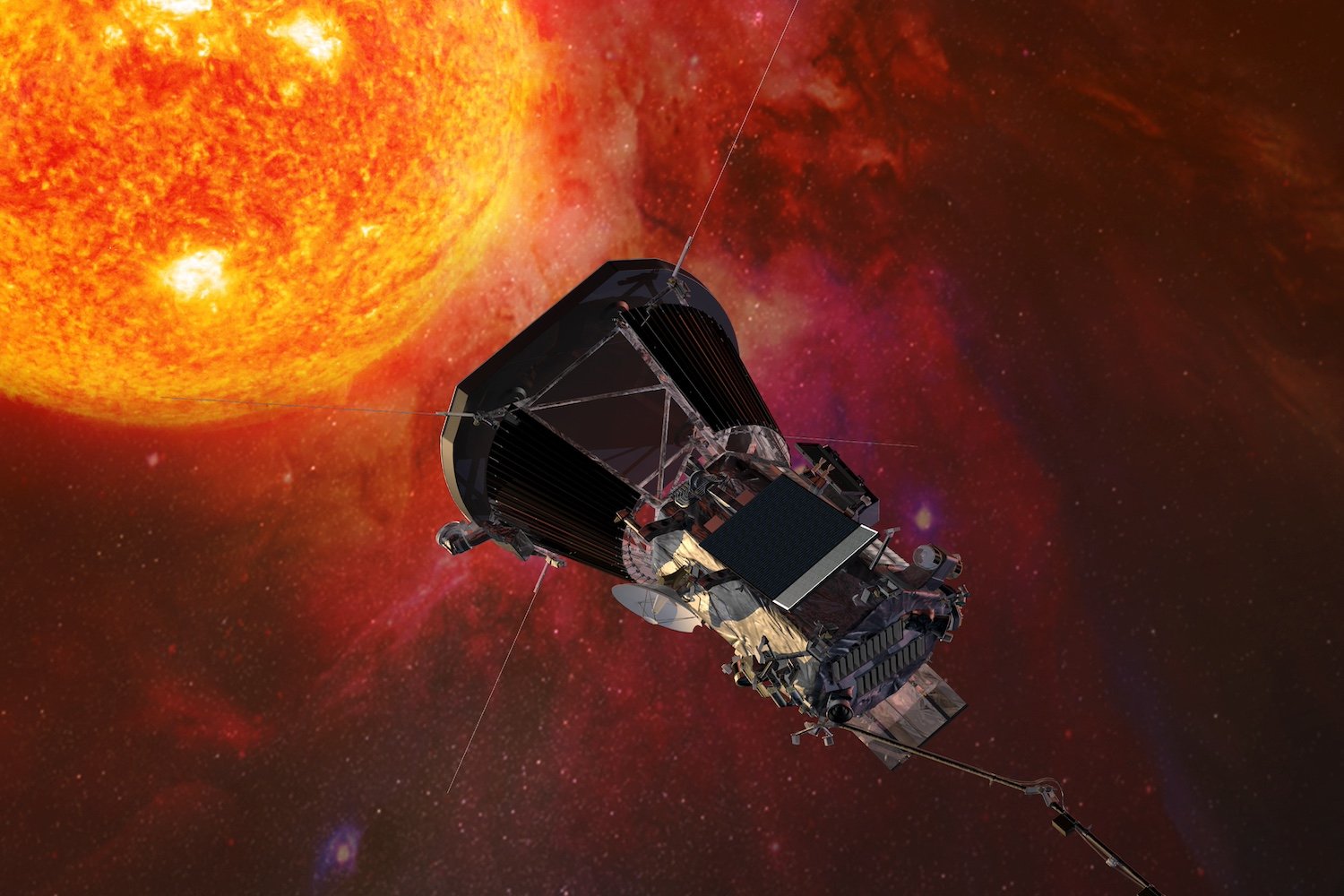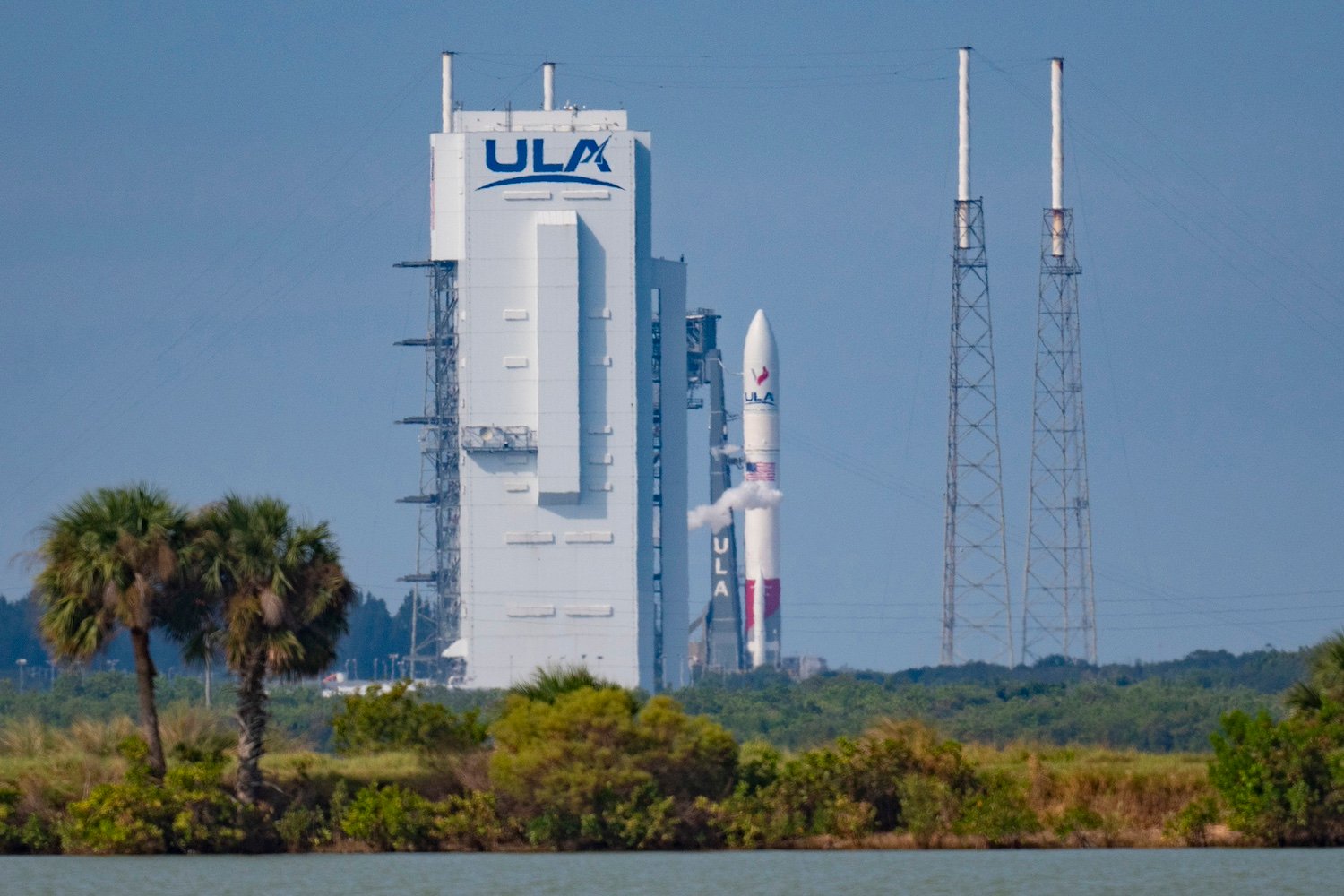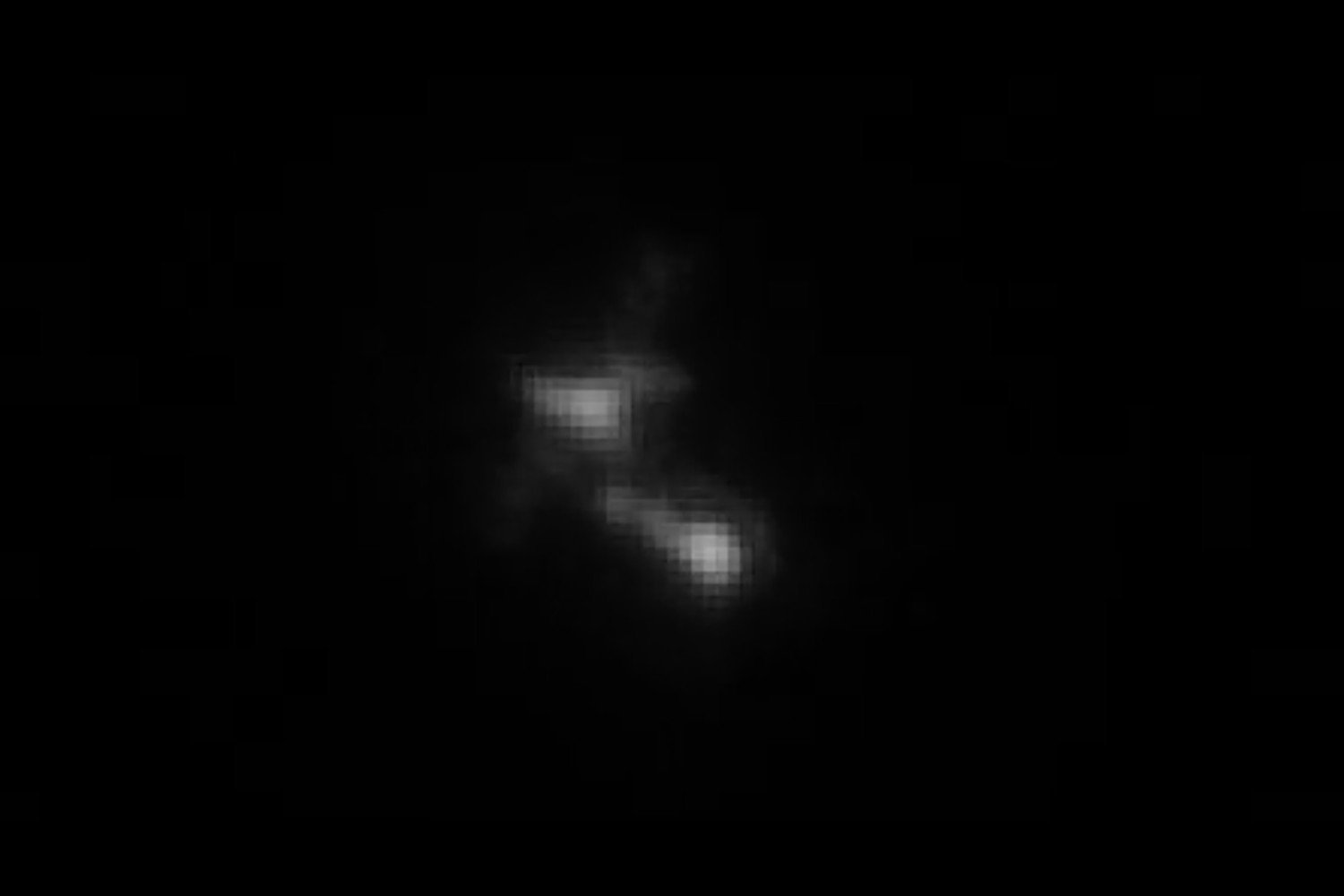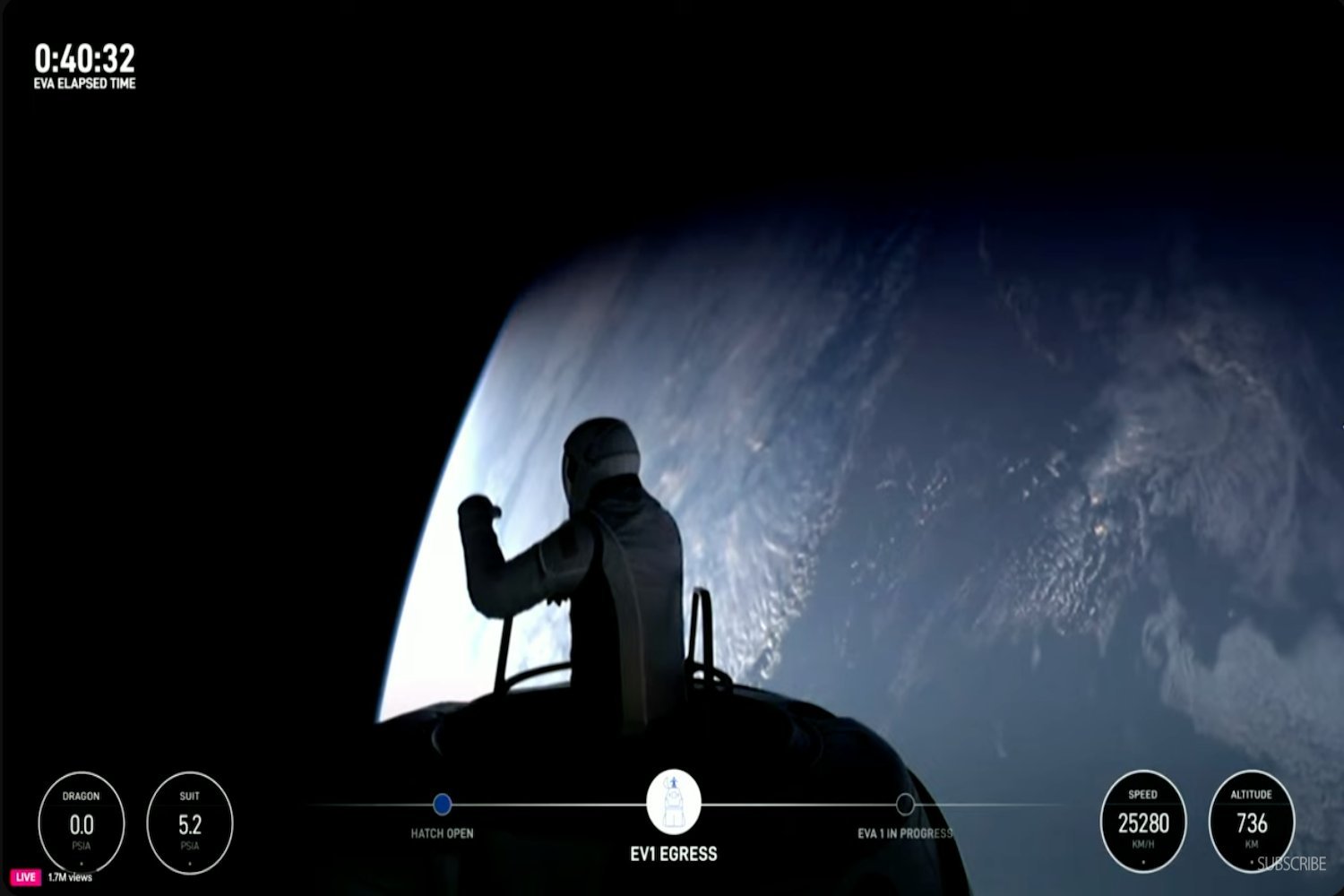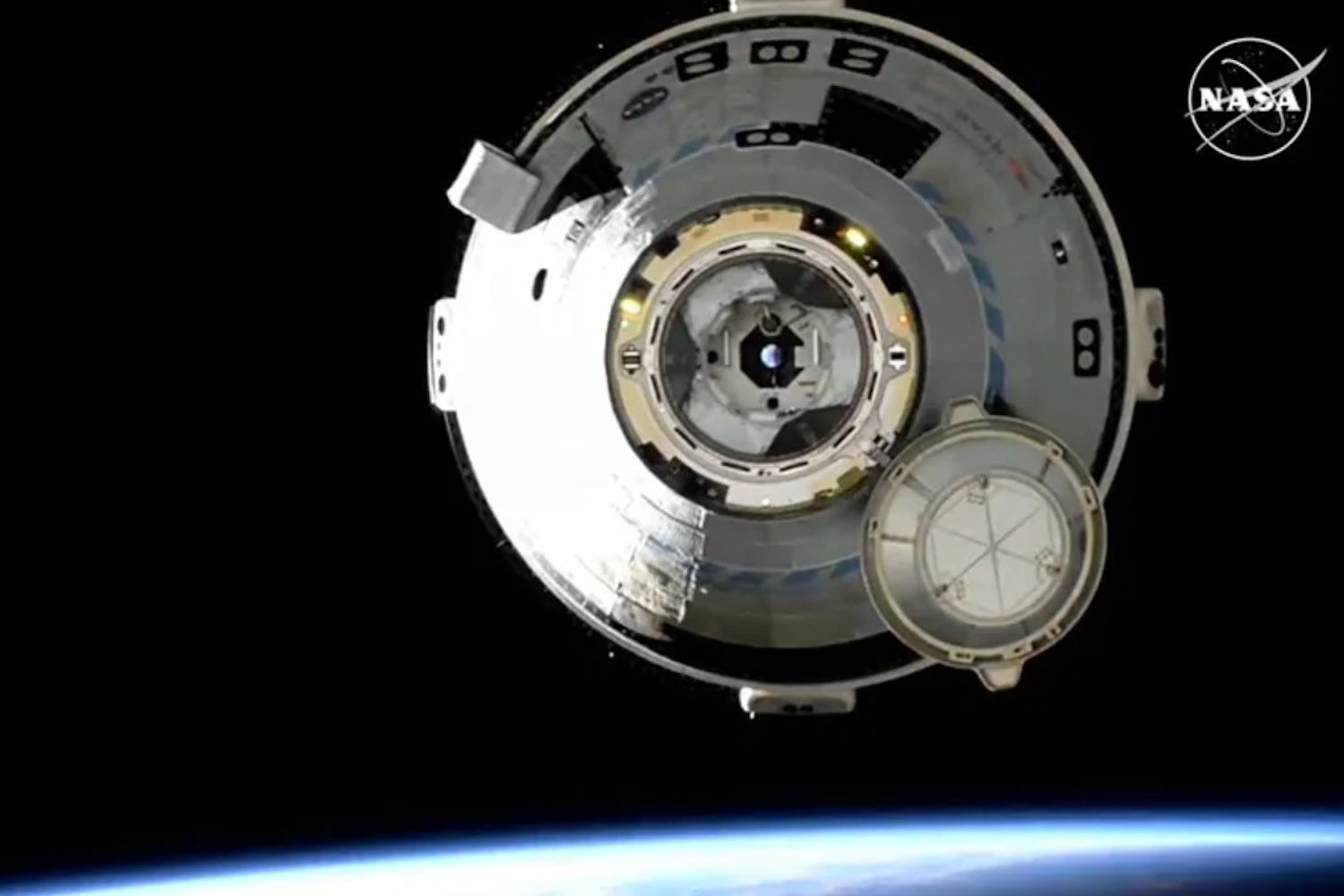The European Space Agency (ESA) has released a captivating video showcasing BepiColombo’s closest flyby of Mercury yet. This 90-second time-lapse, compiled from 128 images, offers breathtaking views of the cratered surface of the solar system’s innermost planet.
The flyby, which occurred on September 4, saw BepiColombo approach Mercury at a distance of just 102 miles (165 kilometers). The spacecraft’s three onboard monitoring cameras captured detailed images, revealing the planet’s intriguing craters and offering the first clear glimpse of its south pole. The video begins with images taken in the days and weeks leading up to the flyby, showing BepiColombo’s journey through the inner solar system. As the spacecraft approaches Mercury’s nightside, the Sun gradually illuminates its surface, revealing a world scarred by impacts.
Approximately four minutes after its closest approach, BepiColombo captured stunning images of Mercury’s craters. One prominent crater, spanning 96 miles (155 kilometers), was recently named Stoddart by the International Astronomical Union, honoring New Zealand artist Margaret Olrog Stoddart. The video concludes with images taken roughly 24 hours after the closest approach, showing Mercury receding into the distance as BepiColombo continues its journey.
BepiColombo, a joint mission between ESA and the Japan Aerospace Exploration Agency (JAXA), launched in October 2018. The mission consists of two orbiters: ESA’s Mercury Planet Orbiter (MPO) and JAXA’s Mercury Magnetosphere Orbiter (MMO). These orbiters will eventually separate and enter their respective orbits around Mercury, studying the planet’s surface, interior, and magnetic field.
Reaching Mercury presents significant challenges due to the Sun’s intense gravitational pull. To overcome this, BepiColombo is utilizing a series of nine gravity assist maneuvers: one around Earth, two around Venus, and six around Mercury. This fourth flyby marks another crucial step in the mission’s journey. The first Mercury flyby took place in October 2021, providing impressive preliminary images. BepiColombo is scheduled to finally enter Mercury’s orbit in November 2026.
Mercury, the least explored of the inner, rocky planets, holds many mysteries. BepiColombo promises to unveil valuable insights into this enigmatic world, furthering our understanding of the solar system’s formation and evolution.



